‘Most works of mountain literature are written by men, and most of them focus on the goal of the summit. Nan Shepherd’s aimless, sensual exploration of the Cairngorms is bracingly different’, writes Robert Macfarlane of Nan Shepherd’s The Living Mountain, the book that kickstarts our list of 10 influential nature books written by women, and a work that has had a profound impact on women’s place in the genre.
Women’s stories and their place in the natural world have, for many centuries, gone unnoticed. Men have historically dominated the nature-writing industry, from the Romantic movement onwards, seeping into the modern day, and overshadowing the narratives of female writers. However, in the 18th and 19th centuries, there were luminescent glimpses of women’s voices from amongst the shadows, pioneering voices emerging such as Beatrix Potter, Rachel Carson, and Mary Austin, who wrote of their connection to the natural world. And now, in the 21st century, we see a flourishing in women’s nature writing, with a longlist this year dominated by female writers, who are finally getting the recognition they deserve in the nature publishing industry.
“I think as [women and people of colour] we don’t necessarily occupy space in the same way. I’ve moved around quite a lot. What I do — and what a lot of other [women and nature writers of colour] do — is not taking for granted the right to be in a landscape and to be able to interrogate that and what that means.” says Jessica J. Lee in Sine Fita Magazine. Women’s writing on nature often reveals a new dimension to the natural world, and what it means to belong.
Writers such as Nicola Chester and Alice Vincent have written directly about the women’s stories that are fossilised in the soil and land, and the protests and struggles that women have encountered to find their place in nature, as well as the efforts they have pursued to nurture and grow in the world around them.
Here are ten books to discover for a rich and lyrical variety of the stories women have told about nature and conservation.
In this masterpiece of nature writing, Nan Shepherd describes her journeys into the Cairngorm mountains of Scotland. There she encounters a world that can be breathtakingly beautiful at times and shockingly harsh at others. Shepherd spent a lifetime in search of the ‘essential nature’ of the Cairngorms; her quest led her to write this classic meditation on the magnificence of mountains, and on our imaginative relationship with the wild world around us.
Composed during the Second World War, the manuscript of The Living Mountain lay untouched for more than thirty years before it was finally published.
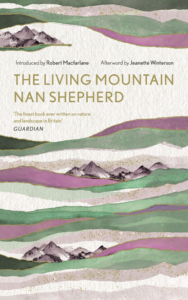
When Amy Liptrot moved to London and found herself in a hedonistic cycle, unable to control her drinking, alcohol gradually took over. Now thirty, she finds herself washed up back home on Orkney. Spending early mornings swimming in the bracingly cold sea, the days tracking Orkney’s wildlife, and nights searching the sky for the Merry Dancers, Amy slowly makes the journey towards recovery from addiction. A beautiful, inspiring book about living on the edge, about the pull between island and city, and about the ability of the sea, the land, the wind and the moon to restore life and renew hope.
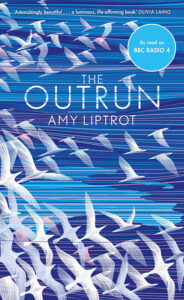
From the girl catching the eye of the ‘peace women’ of Greenham Common to the young woman protesting the loss of ancient and beloved trees, and as a mother raising a family in tied and tenanted farm cottages on grand, country estates, this is the story of how Nicola came to write – as a means of protest.
Nature is indelibly linked to belonging for Nicola; home is a place in nature and imagination, which must be protected through words and actions. We are writing for our very lives and for those wild lives we share this one, lonely planet with.
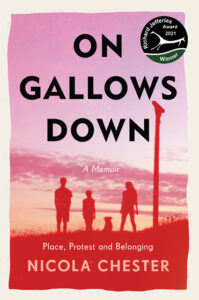
On New Year’s Day 2012, Amy-Jane Beer’s beloved friend Kate set out with a group of others to kayak the River Rawthey in Cumbria. Kate never came home, and her death left her devoted family and friends bereft and unmoored. Returning to visit the Rawthey years later, Amy realises how much she misses the connection to the natural world she always felt when on or close to rivers, and so begins a new phase of exploration. The Flow is a book about water, and, like water, it meanders, cascades and percolates through many lives, landscapes and stories. Threading together places and voices from across Britain, The Flow is a profound, immersive exploration of our personal and ecological place in nature.
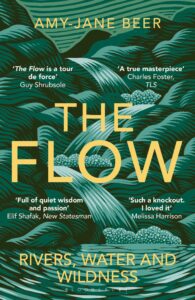
As a botanist, Robin Wall Kimmerer has been trained to ask questions of nature with the tools of science. As a member of the Citizen Potawatomi Nation, she embraces the notion that plants and animals are our oldest teachers. Drawing on her life as an indigenous scientist, a mother, and a woman, Kimmerer shows how other living beings offer us gifts and lessons, even if we’ve forgotten how to hear their voices.
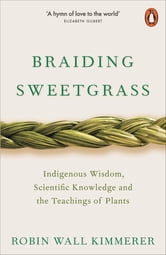
Between tectonic plates and conflicting cultures, Taiwan is an island of extremes: high mountains, exposed flatlands, thick forests. After unearthing a hidden memoir of her grandfather’s life, written on the cusp of his total memory loss, Jessica J. Lee hunts his story, in parallel with exploring Taiwan, hoping to understand the quakes that brought her family from China, to Taiwan and Canada, and the ways in which our human stories are interlaced with geographical forces.
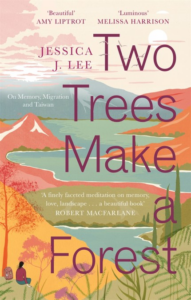
Women have always gardened, but our stories have been buried with our work. Alice Vincent is on a quest to change that. To understand what encourages women to go out, work the soil, plant seeds and nurture them, even when so many other responsibilities sit upon their shoulders. To recover the histories that have been lost among the soil.
Alice fosters connections with gardeners that unfurl into a tender exploration of women’s lives, their gardens and what the ground has offered them, with conversations spanning creation and loss, celebration and grief, power, protest, identity and renaissance.
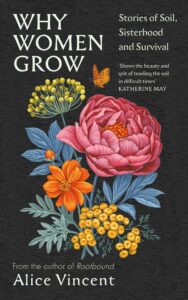
Just days after Raynor learns that Moth, her husband of 32 years is terminally ill, their home and livelihood is taken away. With nothing left and little time, they make the brave and impulsive decision to walk the 630 miles of the sea-swept South West Coast Path.
They have almost no money for food or shelter and must carry only the essentials for survival on their backs as they live wild in the ancient, weathered landscape of cliffs, sea and sky. Yet through every step, every encounter, and every test along the way, their walk becomes a remarkable journey. A portrayal of home, and how it can be lost, rebuilt, and rediscovered in the most unexpected ways.
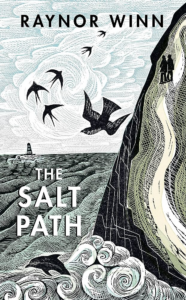
This is a book about abandoned places: ghost towns and exclusion zones, no man’s lands and fortress islands – and what happens when nature is allowed to reclaim its place.
From Tanzanian mountains to the volcanic Caribbean, the forbidden areas of France to the mining regions of Scotland, Flyn brings together some of the most desolate, eerie, ravaged and polluted areas in the world – and shows how, against all odds, they offer our best opportunities for environmental recovery.
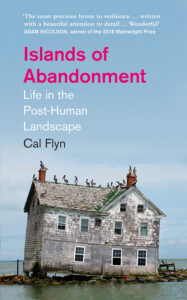
Meet Mya-Rose – otherwise known as ‘Birdgirl’. Birder, environmentalist, diversity activist. To date she has seen over five thousand different types of bird: half the world’s species.Each sighting a small step in her family journey – a collective moment of joy and stillness amidst her mother’s deepening mental health crisis. And each helping her to find her voice.
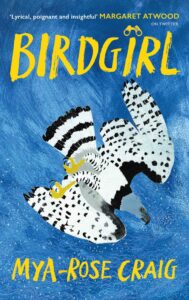
Explore this year’s female-dominated longlist here.
Privacy Policy | Terms & Conditions | Website by Milk & Tweed
| Cookie | Duration | Description |
|---|---|---|
| cookielawinfo-checkbox-analytics | 11 months | This cookie is set by GDPR Cookie Consent plugin. The cookie is used to store the user consent for the cookies in the category "Analytics". |
| cookielawinfo-checkbox-functional | 11 months | The cookie is set by GDPR cookie consent to record the user consent for the cookies in the category "Functional". |
| cookielawinfo-checkbox-necessary | 11 months | This cookie is set by GDPR Cookie Consent plugin. The cookies is used to store the user consent for the cookies in the category "Necessary". |
| cookielawinfo-checkbox-others | 11 months | This cookie is set by GDPR Cookie Consent plugin. The cookie is used to store the user consent for the cookies in the category "Other. |
| cookielawinfo-checkbox-performance | 11 months | This cookie is set by GDPR Cookie Consent plugin. The cookie is used to store the user consent for the cookies in the category "Performance". |
| viewed_cookie_policy | 11 months | The cookie is set by the GDPR Cookie Consent plugin and is used to store whether or not user has consented to the use of cookies. It does not store any personal data. |